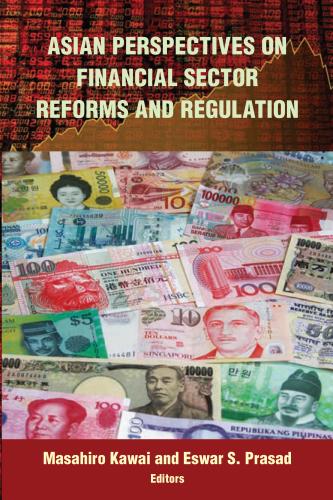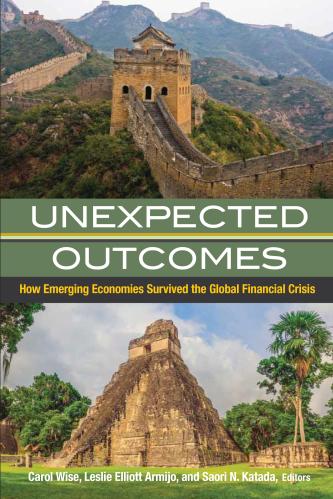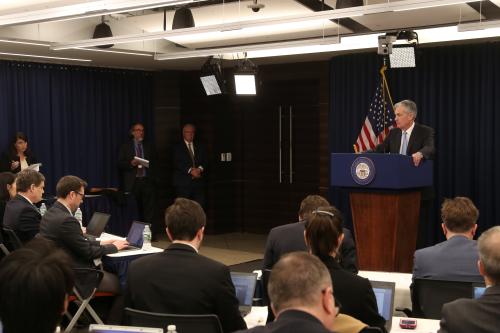Content from the Brookings Institution India Center is now archived. After seven years of an impactful partnership, as of September 11, 2020, Brookings India is now the Centre for Social and Economic Progress, an independent public policy institution based in India.
This article first appeared in the World Economic Forum. The views are of the author(s).
Almost a year ago, the Indian government rolled out an unprecedented policy move. Arguably, it was a time when the country was poised for economic success. With $9.49 trillion in purchasing power parity, it was the third-largest (in PPP terms) and the fastest-growing large economy in the world. On November 8, with no advance warning, India’s two highest-denomination banknotes, the 500-rupee and 1,000-rupee bills, were demonetized, rendering 86% of the country’s currency invalid overnight. The ostensible objective was a popular one: to root out corruption and illegitimate activity involving untraceable cash transactions. As the implications unfolded, I wrote two pieces (“India’s Botched War on Cash”and “Early Lessons from India’s Demonetization Experiment”) evaluating the policy and its impact. My assessment of the action was that the policy was poorly thought out and executed and that its net impact would be negative and particularly bad for the poor.
To read more, please click here.
The Brookings Institution is committed to quality, independence, and impact.
We are supported by a diverse array of funders. In line with our values and policies, each Brookings publication represents the sole views of its author(s).









Commentary
Op-edDemonetisation: A year after India killed cash, here’s what we can learn
November 7, 2017